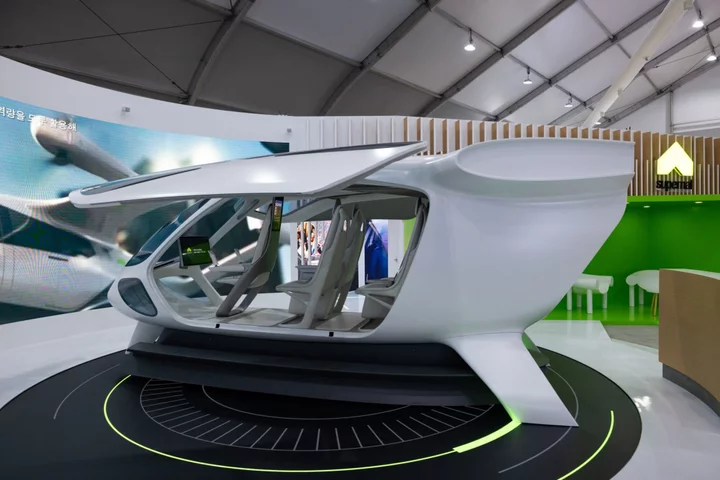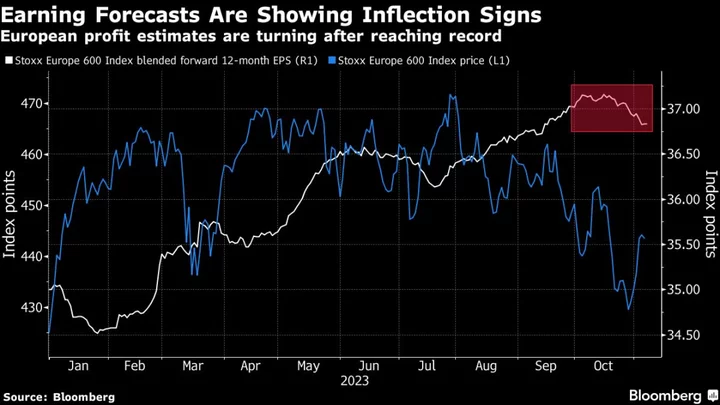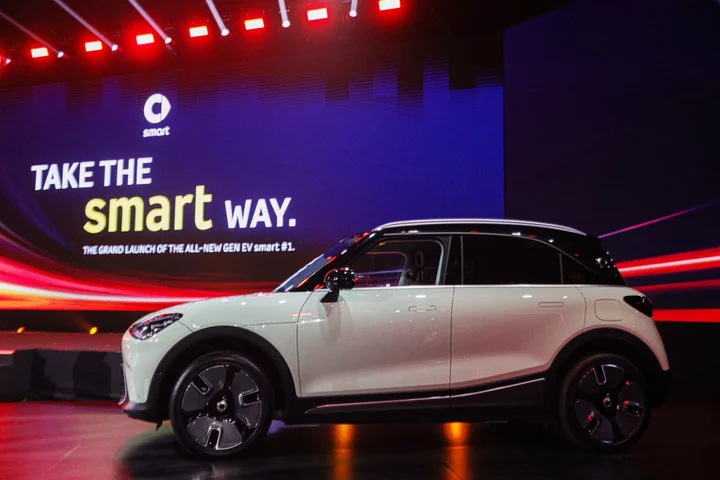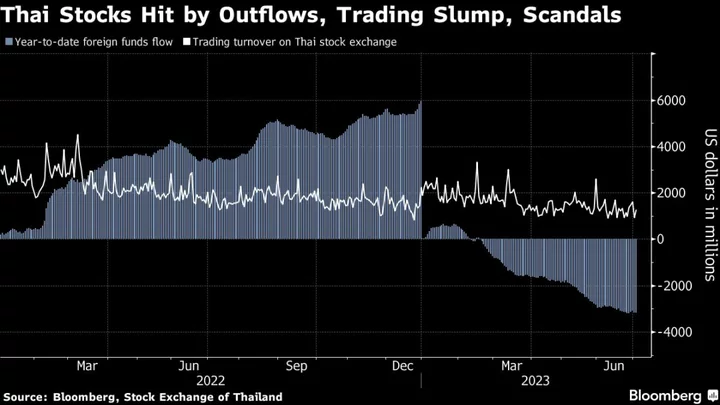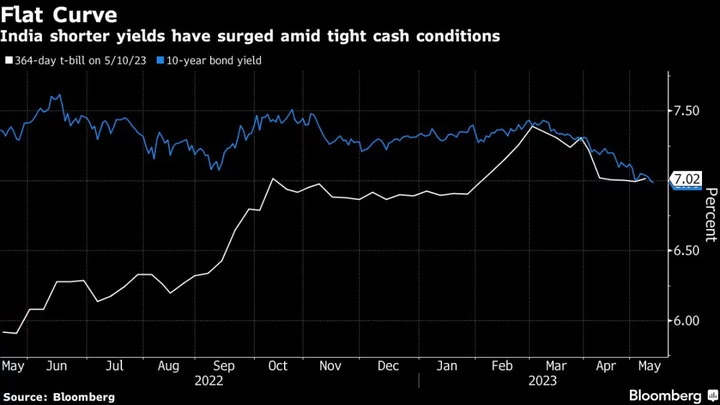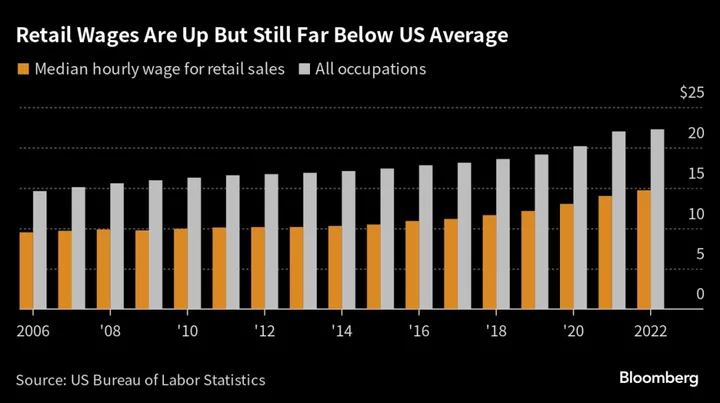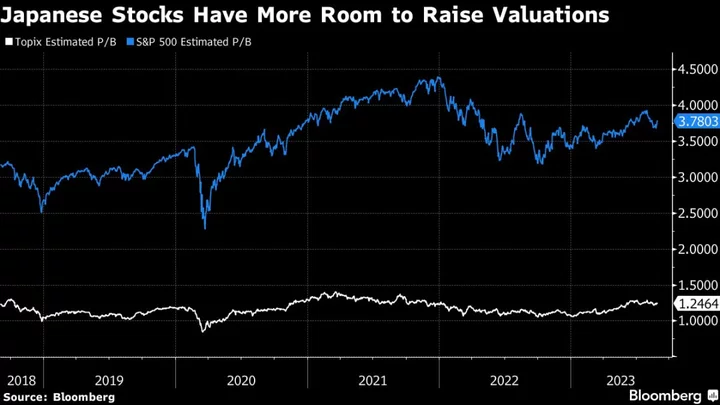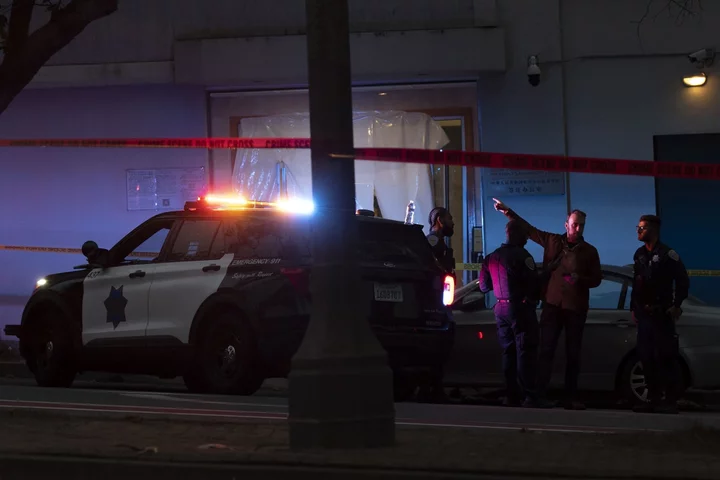Hyundai Motor Group, the world’s third-biggest automaker by sales, plans to build a facility in the US where its air mobility division Supernal will make flying electric taxis intended to be used by commuters.
A prototype of the electric vertical take-off and landing craft will be shown at CES in Las Vegas in January, Supernal Chief Executive Officer Shin Jaiwon said.
The eVTOL taxi will be capable of flying at 120 miles an hour (190 kph) and have capacity for one pilot and four passengers. December 2024 is the target for a test flight, with ambitions to start commercial service four years later, Shin said in an interview this week with Bloomberg News in Singapore.
“Considering all the battery technology and all the infrastructure and regulation to come along, it’s going to take some time,” he said.
Batteries are the biggest technical challenge for electric air mobility, accounting for up to 40% of an eVTOL craft’s weight. “That’s really the killer,” Shin said.
“From the operation side, we don’t have air traffic management systems to govern these vehicles,” he said. “Up until this point, even the foreseeable future, we don’t have man-made objects flying routinely below 500 meters.”
Next Steps
Washington, DC-based Supernal will submit an application to the US Federal Aviation Administration in the coming months to get the eVTOL certified. Given how young the industry is, companies and regulators need to collaborate to figure out the best paths forward, Shin said.
“There’s nothing out there — no infrastructure, no policy, no regulation,” he said. “Since it’s so brand new, the FAA doesn’t have an established certification method.”
Hyundai already has a factory producing cars in Alabama, while affiliate Kia Corp. has a plant in Georgia. Shin didn’t provide investment figures for the planned Supernal plant, or its size, potential location or other details.
Supernal joins an increasingly crowded field of companies trying to get eVTOL vehicles certified. EHang Holdings Ltd. is a step ahead after receiving a certificate to begin trial aerial operations in China, while California-based Joby Aviation Inc., with backers including Delta Air Lines Inc. and Toyota Motor Corp., also has approval from the FAA to test its flying taxis.
Racing to catch up, Supernal opened a new engineering headquarters in Irvine, California, in July and a new R&D facility in Fremont two months later. Its workforce has doubled from last year to nearly 600, with many coming from Boeing Co., Lockheed Martin Corp. and Tesla Inc., according to Shin.
“We’ll have to hire more because we’re going start the flight testing next year,” he said.
In the two years since Supernal was founded, Hyundai, Kia and Hyundai Mobis Co. have invested about 1.2 trillion won ($920 million) into the company, filings show. With funding coming from Hyundai, Supernal doesn’t plan an initial public offering, Shin said.
The company last month also signed an agreement with Korean Air to work together on air mobility for the South Korean market. Speaking at an aviation conference in Singapore on Tuesday, the airline’s CEO Walter Cho said vertical mobility vehicles will likely first be used to carry cargo and then evolve.
“I have to be confident enough to get on it myself,” Cho said.
Evolution of eVTOL Aircraft
For transporting people, air mobility craft such as eVTOL taxis will initially be limited to “very progressive cities,” but they have the potential to spread rapidly once the public becomes more comfortable and familiar with them, similar to how people adapted to mobile phones and elevators, Shin said.
“The inflection point will come real fast,” he said.
Hyundai’s mass-production know-how puts Supernal in a strong position as demand for alternative public transport increases with more people moving to urban areas, Shin added. “All of a sudden, the world market will demand hundreds of thousands of these vehicles, then you have to be able to produce.”
The United Nations says 70% of the global population will live in cities by 2030.
“Urbanization is happening like crazy everywhere,” Shin said.
But with work still needed to be done on battery technology and regulation, 2028 is the “right timing” to aim for a commercial launch.
--With assistance from Danny Lee and Emily Yamamoto.

